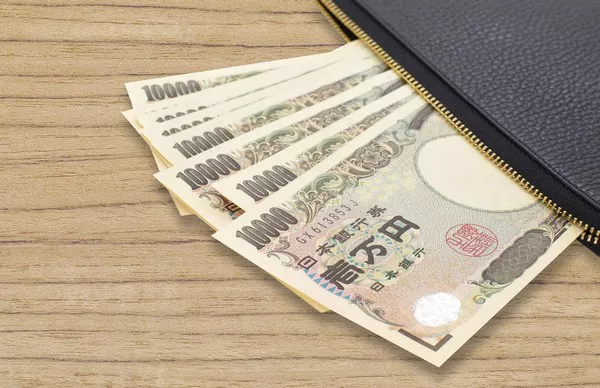Exchange rates are a pivotal component of the global financial system, influencing international trade, investments, and economic stability. The relationship between the United States Dollar (USD) and the Japanese Yen (JPY) has been subject to fluctuations influenced by various factors, including economic indicators, geopolitical events, and monetary policies. In this comprehensive article, we will examine the key drivers that may impact the future of the USD to JPY exchange rates, considering both bullish and bearish perspectives.
Understanding the Exchange Rate Dynamics
Exchange rates, in their simplest form, represent the value of one currency in terms of another. The USD to JPY exchange rate indicates how many Japanese Yen one US Dollar can buy. These rates are continually changing due to the complex interplay of various factors, including:
Economic Indicators: Economic data such as GDP growth, employment rates, and inflation significantly impact exchange rates. Strong economic performance in the United States might lead to a stronger US Dollar.
Monetary Policy: Central banks, such as the Federal Reserve in the United States and the Bank of Japan, influence their respective currencies through decisions on interest rates, quantitative easing, and other policy tools.
Market Sentiment: Geopolitical events, trade negotiations, and global economic uncertainty can lead to rapid fluctuations in exchange rates as investors react to news and developments.
Interest Rate Differentials: The difference in interest rates between the United States and Japan can attract or deter foreign investment, affecting exchange rates.
Inflation Rates: Differences in inflation rates can alter the purchasing power of currencies. A country with lower inflation may have a stronger currency.
Speculation: Currency markets are heavily influenced by speculative trading, which can lead to abrupt and unpredictable movements.
Factors Influencing the Future of USD to JPY Exchange Rates
To predict whether the USD to JPY exchange rate will go up or down in the future, we need to consider a range of factors and analyze different scenarios.
1. Bullish Factors:
Strong US Economic Recovery: The United States has experienced robust economic growth, particularly in the aftermath of the COVID-19 pandemic. A continued recovery could lead to a stronger USD.
Monetary Policy: If the Federal Reserve increases interest rates to combat inflation, it could attract foreign capital, further bolstering the US Dollar.
Safe-Haven Status: In times of global uncertainty, investors often flock to the US Dollar as a safe-haven currency, which could lead to appreciation against the Japanese Yen.
Trade Relations: Improved trade relations between the US and Japan may stimulate foreign investment and positively impact the USD.
2. Bearish Factors:
Global Economic Uncertainty: Ongoing global economic uncertainties, such as trade disputes and geopolitical tensions, may weaken investor confidence in the US Dollar.
Bank of Japan’s Monetary Policy: The Bank of Japan’s commitment to maintaining low-interest rates and monetary easing policies could keep the Japanese Yen competitive.
Inflation Differentials: If inflation in Japan starts to outpace that in the US, it might reduce the relative value of the US Dollar.
Market Sentiment: Unforeseen geopolitical or economic events can quickly shift market sentiment and impact exchange rates.
Possible Scenarios
Given these factors, it’s challenging to predict the future of the USD to JPY exchange rates with certainty. However, we can explore a few potential scenarios:
Scenario 1: USD Strengthens
If the United States experiences a robust economic recovery and the Federal Reserve raises interest rates, the USD could strengthen against the JPY. This scenario might be further supported by improved trade relations between the US and Japan and a general preference for the US Dollar as a safe-haven currency.
Scenario 2: USD Weakens
If global economic uncertainties persist, leading to a loss of investor confidence in the US Dollar, it could weaken against the JPY. A continued commitment by the Bank of Japan to maintain low-interest rates and monetary easing policies could also contribute to USD depreciation.
Scenario 3: Exchange Rate Stability
It’s also possible that exchange rates remain relatively stable. This could occur if economic conditions in both the United States and Japan progress at a similar pace, and central banks maintain their current monetary policies.
Conclusion
The future of the USD to JPY exchange rates is influenced by a complex web of factors, making precise predictions challenging. To stay informed and make wise financial decisions, individuals and businesses must monitor economic indicators, central bank policies, and global developments. Diversifying currency risk and utilizing strategies such as forward contracts or hedging may help mitigate exchange rate fluctuations in an ever-changing financial landscape.
In today’s interconnected world, staying attuned to the dynamics of USD to JPY exchange rates is a vital aspect of managing international trade, investments, and financial stability. While we cannot predict the future with certainty, understanding the factors at play empowers us to make informed decisions and respond to changes as they occur.


